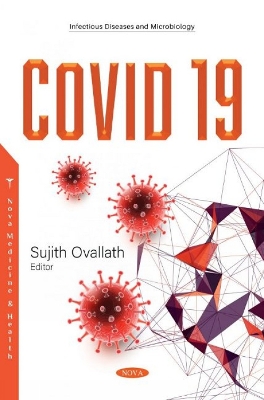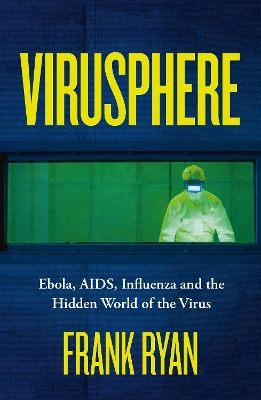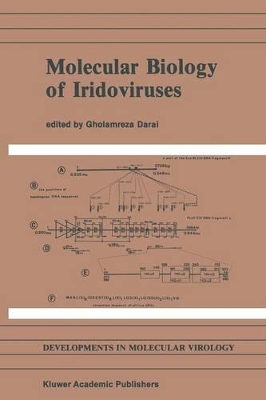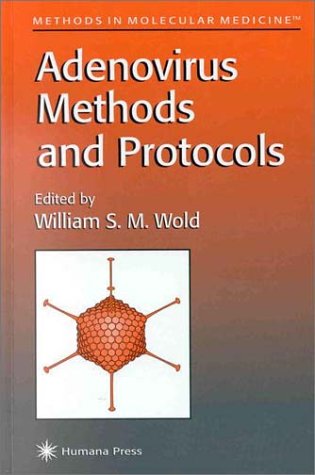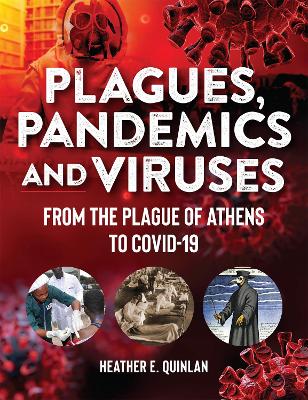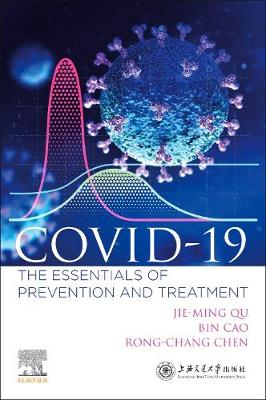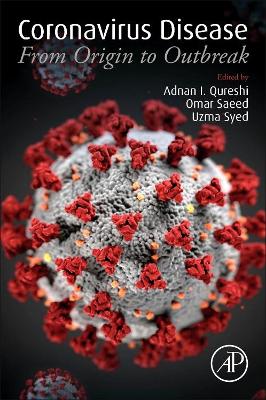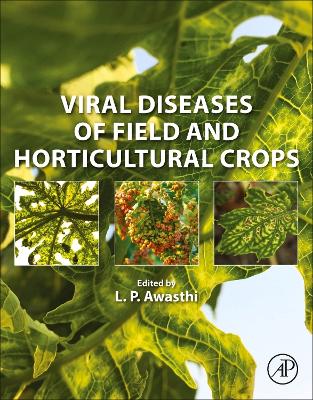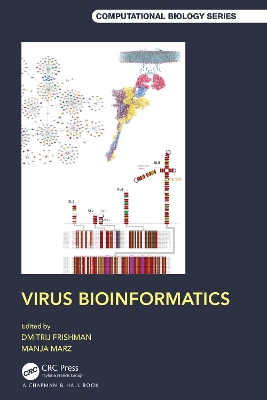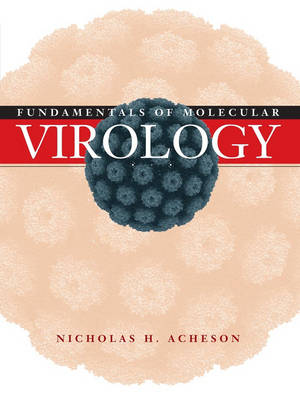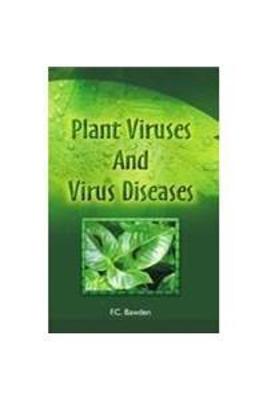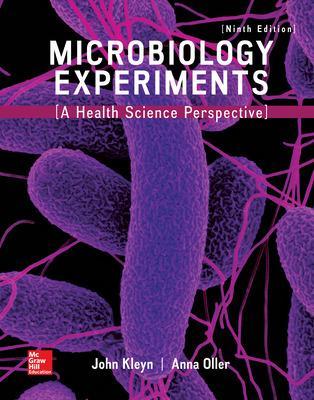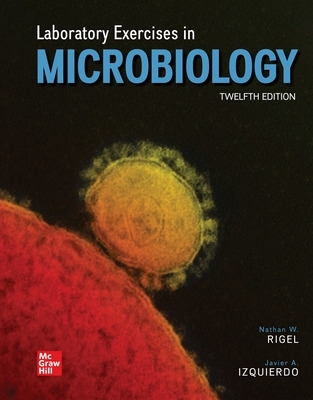Combo: Lab Manual for Cowan's Microbiology Fundamentals with Connect Access Card
by Steven Obenauf and Susan Finazzo
For readers of Plague of Corruption, Thomas S. Cowan, MD, and Sally Fallon Morell ask the question: are there really such things as "viruses"? Or are electro smog, toxic living conditions, and 5G actually to blame for COVID-19? The official explanation for today's COVID-19 pandemic is a "dangerous, infectious virus." This is the rationale for isolating a large portion of the world's population in their homes so as to curb its spread. From face masks to social distancing, from antivirals to va...
Covid-19
by Parag Verma, Ankur Dumka, Alaknanda Ashok, Amit Dumka, and Anuj Bhardwaj
This book highlights progress in terms of Virus Biology and Infection Detection, Prevention, and Control, along with Screening, Testing, and Detection Techniques, that will provide learners and researchers (from basic to advanced) with the most innovative computer-driven methodologies for the fight against COVID-19. In addition, this book also covers the Pre- and Post-Impact of the COVID-19 Pandemic Crisis that will definitely provide useful content for researchers to think broadly about the ana...
Coronavirus disease 2019 (COVID-19) is a viral infection caused by severe acute respiratory syndrome corona virus 2 (SARS-CoV-2). The disease was first identified in 2019 in Wuhan, China, and has since spread globally, into a dreaded pandemic. The outbreak was declared a Public Health Emergency of International Concern on 30 January 2020 by the world health organization. The disease has spread to almost 200 countries and continue to do so, resulting in huge mortalities morbidities and associated...
Host-Parasite Cellular and Molecular Interactions in Protozoal Infections
by K Chang and D. Snary
Tropical diseases such as leishmaniasis, malaria. trypanosomiasis, toxoplasmosis and amebiasis continue to plague the world, resulting in considerable morbidity and mortality, especially in the third world countries. These diseases are caused by a group of protozoa which have, over the years, undergone evolutionary adaptation to live often intracellularly in a parasitic way of life. So well-adapted have they become that they recognize the right hosts or cells to parasitize, yet at the same time...
A virologist’s insight into how viruses evolve and why global epidemics are inevitable In 1993 a previously healthy young man was drowning in the middle of a desert, in fluids produced by his own lungs. This was the beginning of the terrifying Sin Nombre hantavirus epidemic and the start of a scientific journey that would forever change our understanding of what it means to be human. After witnessing the Sin Nombre outbreak, Dr Frank Ryan began researching viral evolution and...
Foamy Viruses (Current Topics in Microbiology and Immunology, #277)
The aberrant replication pathway of foamy viruses distinguishes them from all other retroviruses. Many details have been accumulated over the past ten or so years. Most of the findings on foamy viruses were obtained by research on a single virus isolate previously called "human foamy virus", which appeared to be the first to be investigated on a molecular level. However, to the editor's knowledge, genuine human foamy viruses do not exist, but several trans-species transmissions of different simi...
Molecular Biology of Iridoviruses (Developments in Molecular Virology, #10)
Fish lymphocystis disease virus (FLDV) has been tentatively classified as a separate genus of the iridovirus family. Iridoviruses were previously called icosahedral cytoplasmic deoxyriboviruses (ICDV). The Iridoviridae family contains four genera including lymphocystis disease virus (proposed name Lymphocystivirus, Willis, 1989 (1". FLDV is a causative agent of lymphocystis disease (LD) which frequently appears in Pleuronectidae (flatfish) such as Pleuronectes platessa (plaice), Platichtys flesu...
Adenovirus DNA (Developments in Molecular Virology, #8)
Although adenoviruses have been established for quite some time as one of the most pliable tools to study the molecular biology of mammalian cells, rapid progress continues to be made with this virus system. The adenoviral genome introduced into the nucleus of cells as a Trojan Horse, as it were, is now facili- tating investigators to uncover details of cellular mechanisms. In this volume twelve chapters have been collected that summarize important current research on different mechanisms in ade...
Adenovirus Methods and Protocols (Methods in Molecular Biology, v. 21) (Methods in Molecular Medicine, #130)
A cutting-edge collection of readily reproducible methods for conducting research with adenoviruses, the premier and most widely used model in cell and molecular biology. The methods range from how to grow and titer adenoviruses and how to construct specific alterations in the adenovirus genome, to how to measure apoptosis induced by cells of the immune system, cytokines, and intrinsic apoptosis effectors. In addition, there are methods to study transcription and splicing with in vitro systems a...
Bats and Viruses – From Pathogen Discovery to Host Genomics
Approximately 75% of emerging infectious diseases are zoonoses, and the rate of emergence of zoonotic diseases is on the rise. Bats are being increasingly recognised as an important reservoir of zoonotic viruses of different families, including SARS coronavirus, Nipah virus, Hendra virus and Ebola virus. Understanding bats' role in emerging zoonotic diseases is crucial to this rapidly expanding area of research. Bats and Viruses: A New Frontier of Emerging Infectious Diseases provides an updated...
Sin aliento / Breathless: The Scientific Race to Defeat a Deadly Virus
by David Quammen
La apasionante crónica de la carrera contrarreloj para descifrar el SARS-CoV-2 y frenar una pandemia devastadora. Finalista del National Book Award «Unacrónica iluminadora y apasionada de la crisis que ha definido nuestro tiempo».—The New York Times David Quammen, uno de los mejores escritores científicos del mundo y autor de Contagio (Debate, 2020), la obra de referencia sobre enfermedades zoonóticas (las que saltan de animales a humanos), nos sumerge en la frenética carrera por descifr...
COVID-19: The Essentials of Prevention and Treatment elaborates on the ethology, pathogenesis, epidemiology, clinical characteristics, treatment principles, rehabilitation and prevention, and prevention and control measures for COVID-19. Aimed at healthcare workers, and written to be a practical guide, six chapters cover the following aspects of COVID-19: respiratory viruses; pathogenesis; case definitions and diagnosis; treatment; prevention and disease control; and prospects for the management...
Coronavirus Disease
Coronavirus Disease: From Origin to Outbreak provides a comprehensive review of coronaviruses, particularly COVID-19, its transmission, and disease pathology. The book covers the viral structure and genetics of coronaviruses, the pathogenesis and unique characteristics of coronavirus infection, and the evolving nature of our understanding of coronaviruses and disease. It also looks at the history of SARS-CoV and MERS-CoV infections and its global spread. The book examines the effectiveness of va...
Viral Diseases of Field and Horticultural Crops
Viral Diseases of Field and Horticultural Crops details the fundamental and applied aspects of the viral diseases of field and horticultural crops. The book opens with a historical introduction to plant virology, important plant virologists, and landmarks. It continues with systematic coverage of viral diseases, their economic significance, disease symptoms, host range, mode of transmission, diagnostic techniques, geographic distribution, epidemiology, yield losses, and control and management of...
Virus Bioinformatics (Chapman & Hall/CRC Computational Biology)
Viruses are the most numerous and deadliest biological entities on the planet, infecting all types of living organisms—from bacteria to human beings. The constantly expanding repertoire of experimental approaches available to study viruses includes both low-throughput techniques, such as imaging and 3D structure determination, and modern OMICS technologies, such as genome sequencing, ribosomal profiling, and RNA structure probing. Bioinformatics of viruses faces significant challenges due to the...
Designed for students learning about viruses for the first time(t the undergraduate or graduate level), Fundamentals of Molecular Virology is presented in a style which relates to today's students and professors. The text approaches learning about virology by presenting a set of chapters each of which covers a specific virus family, using one or two well-studied viruses as examples. Each chapter is designed to tell a story about the virus under discussion, and to portray the "personality" of tha...
Completely updated with the latest findings and data, the Fifth Edition of this award-winning text builds upon the foundation established by the late Edward Alcamo. Dr. Alcamo's accessible writing style is maintained with completely updated content and extended commentary on current developments. The text provides the necessary background information for students to understand the biology of HIV and AIDS while also providing information on critical epidemiological patterns and research developme...
All experiments are correlated to Nester's Microbiology: A Human Perspective, 9e, but can be used with any non-majors/allied health microbiology textbook.
The Rigel lab is a majors level manual that accompanies our Willey – Prescott’s Microbiology textbook. This laboratory manual provides a balanced introduction to laboratory techniques and principles that are important in each area of microbiology. Experiments follow the spirit of the ASM guidelines for laboratory content. Each experiment comes with a complete set of pedagogical aids—materials per group of students, learning objectives, pronunciation guide— so students understand the “how” and “w...


